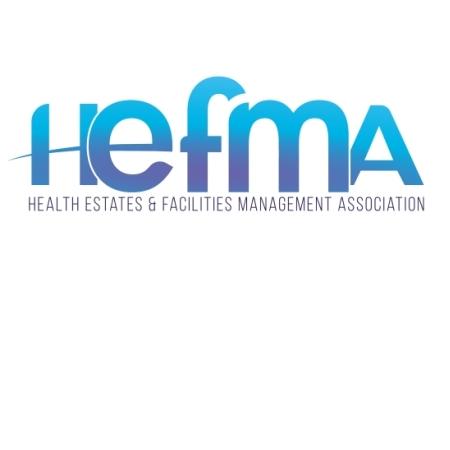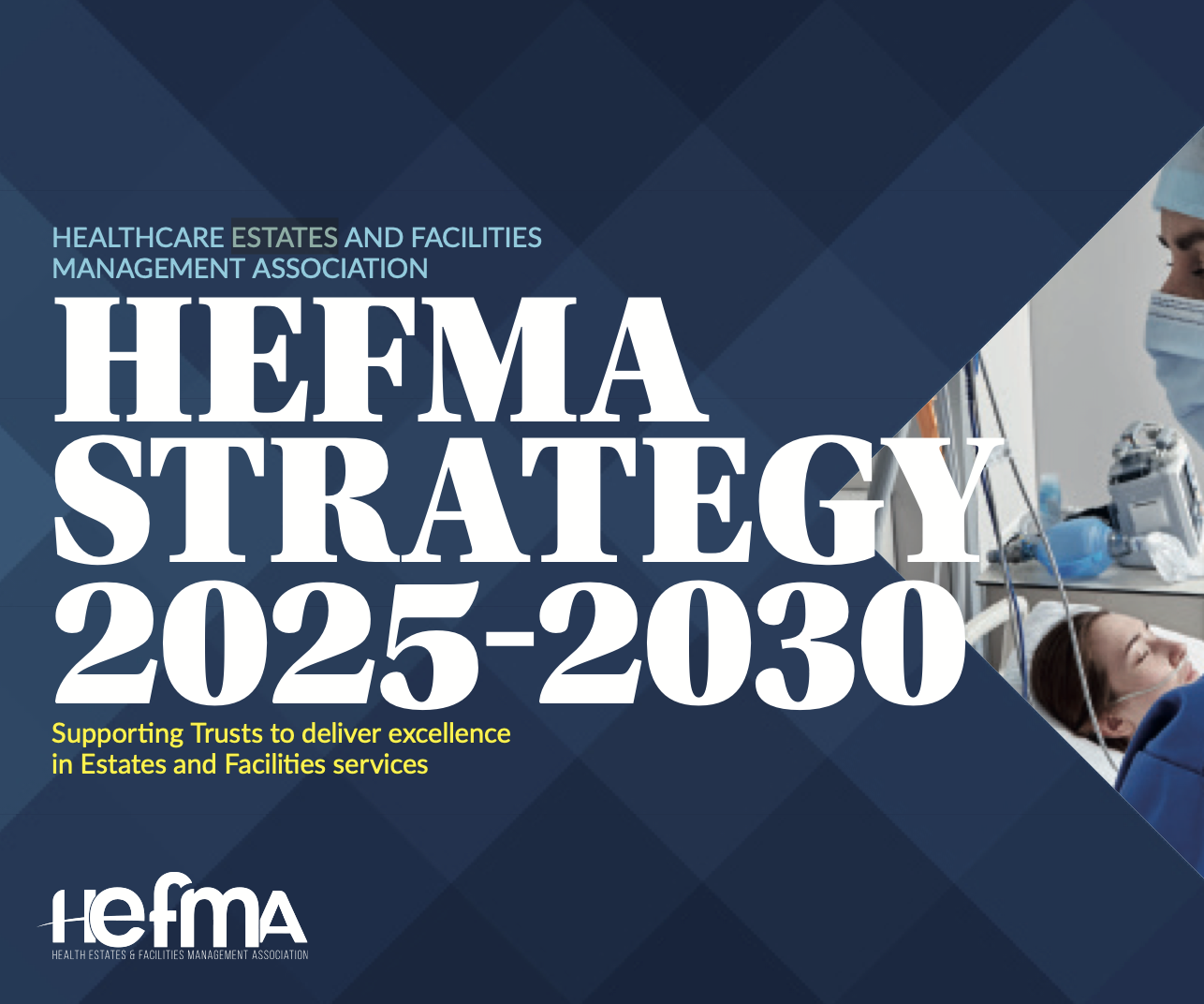As the UK waits to hear more detail of the Prime Minister’s plan to ease the country out of lockdown later today (May 11), Niall Dickson, Chief Executive of the NHS Confederation says that as well as “safety first” the other important message is that “the NHS is open for business.”
It is worrying that so many people at the moment appear reluctant to seek treatment for non-Covid conditions. “As well as protecting the NHS, we need people to use it. The service is there for them if they need it.”
During the Coronavirus pandemic hospitals across the UK have seen dramatic reductions in A&E admissions – as much as 50% - with GP appointments also falling and the cancellation of many elective and other treatments, including cancer screening. In spite of the announcement by Health Secretary, Matt Hancock during the Government’s daily press briefing on April 27, that the NHS would start to restore some of its more urgent, non-Covid services, concerns remain that patients may be reluctant to attend.
In April, the Institute for Government published a report ‘Lifting Lockdown: How to approach a coronavirus exit strategy’ in which it analysed the government’s objectives and the many factors it needed to consider in approaching the ease of restrictions. The report points out that the government’s decisions about easing the restrictions should be guided not only by a desire to minimise deaths from Covid-19 but also by a desire to minimise all avoidable deaths and to maximise living standards.
In his speech, broadcast to the nation on May 10, Boris Johnson outlined the beginning of an exit strategy, setting out that to move forward the five tests that it set out earlier in April must be satisfied:
• Protect the NHS
• Sustained falls in the death rate
• Sustained and considerable falls in the rate of infection
• Sufficient PPE for those who need it
• Keeping the ‘R’ factor under one.
The PM admitted there is still much to do on testing, admitting we need a: “World-beating system for testing potential victims, and for tracing their contacts.” He also acknowledged that PPE is an ongoing challenge.
Responding to this announcement, Saffron Cordery, Deputy Chief Executive of NHS Providers, focused on ongoing problems around testing. “We must not let down our guard,” she cautioned. “For health and care services this will require regular, reliable and easily accessible tracing for all staff and patients, backed up by an effective programme of contact tracing, to contain any potential second surge in cases.
“Unfortunately – despite increasing testing capacity – we don’t see that detailed and developed approach in place at the moment. We need it now.”
Niall Dickson also expressed concerns: “We have not yet cracked the PPE challenge nor access to testing, and we are not ready to roll out the test, track, trace strategy.”
In its ‘Lifting Lockdown’ report, the Institute for Government cited five key areas that it says Government needs to address to ensure that its exit strategy – whatever it is – works well:
• A focus on implementation
• Clear communication to avoid confusion over any new guidance
• Appropriate and measured enforcement
• Changing the rules may not be enough – encouragement may also be necessary
• Tailored economic support.
The detail of the government’s plan is yet to be scrutinised, but critics will be looking for greater clarity and definition to ensure people know exactly what is expected of them in this next phase of response to the pandemic and are therefore more likely to comply.
Related stories
Survey highlights threat to life-saving early detection from COVID-19 fears










